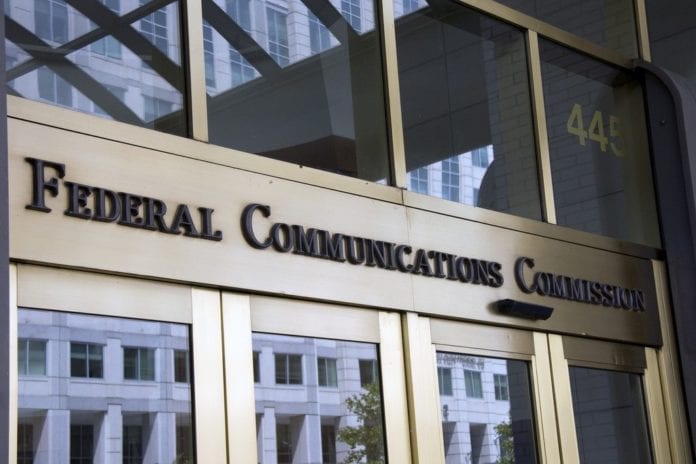Proposal eyes unlicensed use of 6 GHz; CBRS PAL term length and area up for discussion
The U.S. Federal Communications Committee meets later this month and is poised to vote on the rules governing priority access licenses for shared access to the 3.5 GHz Citizens Broadband Radio Service band. The FCC has been kicking around different PAL term lengths and coverage areas for some time, and the proposal up for a vote on Oct. 23 could settle the matter with 10-year licensure on a county-by-county basis.
The basic issue here is how these PAL factors influence who is more likely to get them. At a high-level, a longer licensure term and a bigger geographic area favor carriers whereas smaller terms and areas open up shared access to the prime spectrum to smaller players looking to stand up private LTE networks.
Further aspects of the proposed order would:
- Set aside seven nationwide PALs;
- Allow for “partitioning and disaggregation of areas within PALs;”
- “Update information security requirements to protect sensitive [CBRS] registration information while still ensuring aggregate data on spectrum use is publicly available;”
- And “facilitate transmission over wider channels without significant power reductions.”
Relating to 5.925 GHz to 7.125 GHz frequencies, the FCC will consider a notice of proposed rulemaking to open up the unlicensed 6 GHz band to expand broadband services into “rural and underserved areas.”
More specifically, the NPRM would support unlicensed use of 6 GHz “only in locations and frequencies where they would not cause harmful interference to the licensed services in the band.” Current licensed uses of the band, particularly 5.925 GHz to 6.425 GHz and 6.525 GHz to 6.875 GHz include point-to-point microwave and fixed satellite communications.
The 6.425 GHz to 6.525 GHz and 6.875 GHz to 7.125 GHz are used for the Broadcast Auxiliary Service and Cable Television Relay Service. “The combination of lower power and indoor operations would protect licensed services operating on these frequencies from harmful interference.”

